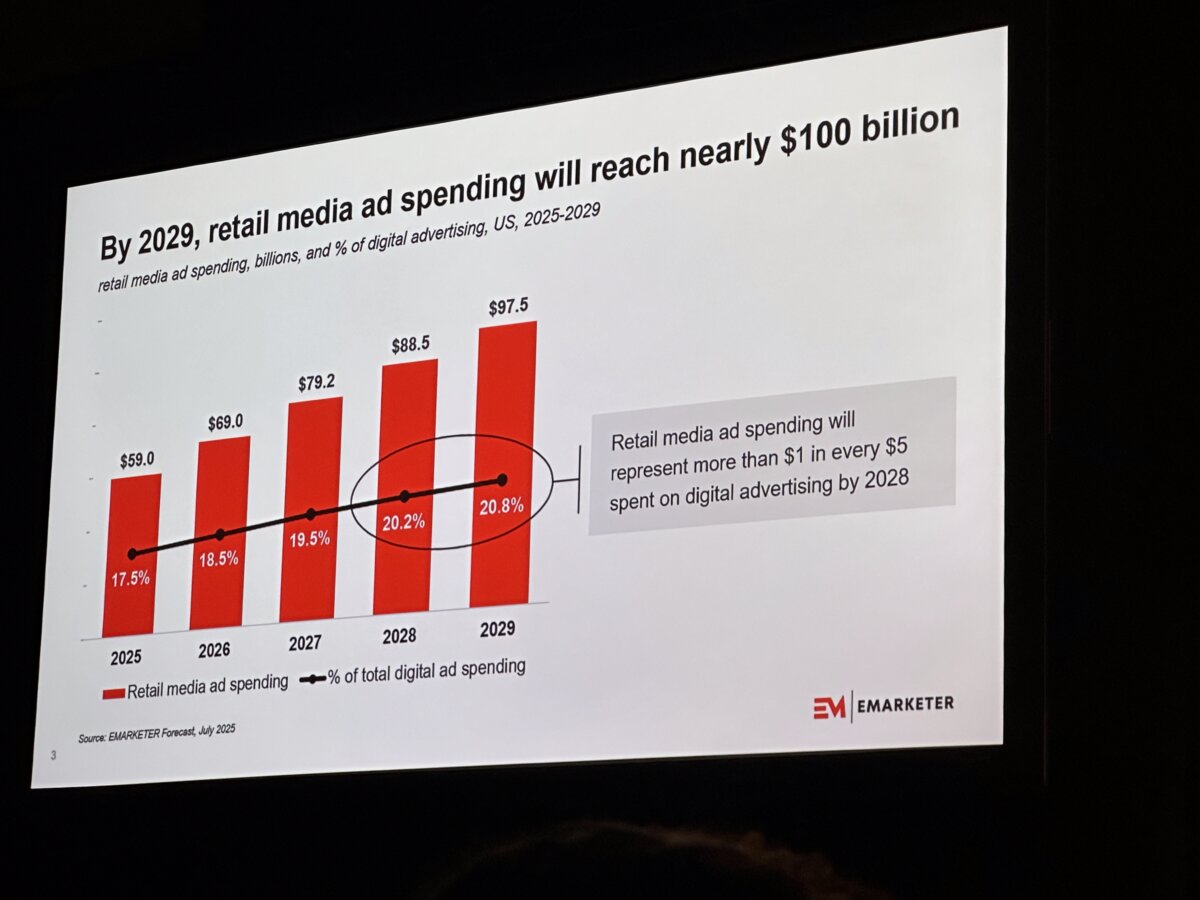| October 11, 2021
Managing programmatic yield with Broadsign Reach
Managing network yield is a perennial issue, a nut that owners are anxious to crack in order to maximize inventory revenue. We know that transacting programmatic in an open bidding process, rather than just sticking with private deals, is one big step to take. What else?
Our Broadsign Reach product owner, Matthew Mercuri, laid out the process in a recent talk. Have a watch, or else read on for the details below.
Step 1: Ask yourself these questions
Before making any moves to upgrade your network or make significant changes to your programmatic strategy, it’s important to take stock of where things stand. Ask yourself a few questions to get a better picture of the current state of your business. Better still, write the answers down in a document you can reference in the future.
Why do buyers purchase my screens?
If you’re selling media on your network (and we’ll presume that you are), it’s because you’re meeting somebody’s needs. Who are they? Are you appealing primarily to buyers in a particular industry – healthcare, automotive, technology – or to buyers with broad target audiences? And what is it about your screens that makes them desirable to your buyers
Don’t just go with your gut – check your actual sales numbers. It’s possible you’ll be surprised by what you uncover.
What’s my fill rate?
Depending on your fill rate, you’ll want to approach developing your programmatic business a little differently. Is your fill rate a stone’s throw from 100%, or is it hanging out closer to 50%, or even lower? Take a note. We’ll have tailored advice for your specific position down below.
How do I price my non-programmatic deals?
Pricing can already be a complex thing in direct sales, and programmatic has the potential to make things a little more complicated just by its nature. That’s why it’s important to lay out exactly how you price your non-programmatic inventory and use that as kind of a guideline for what comes next.
What is your floor price? What are your CPM rates? What are some other factors that might influence your pricing? This is a critical question, so make sure you spend some time thinking about it.
Who is part of my audience?
One of the core concepts behind programmatic is that it allows the buyer to target audiences rather than just screens. For buyers, it’s a chance to reduce “wasted” spend on unintended audiences. For sellers, it presents an opportunity to charge a slight premium for a more targeted buy. Everybody wins.
Who sees your screens? Does it vary substantially by location, time of day, or other factors? Take the time to determine who your network reaches.
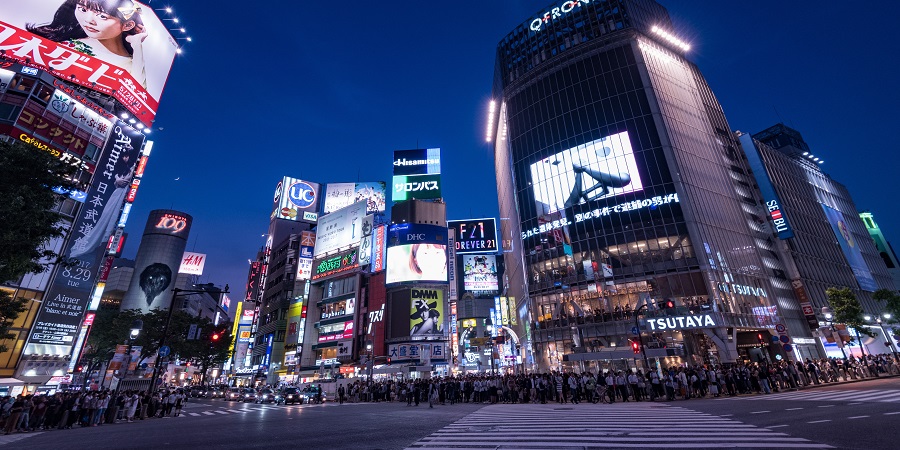
Step 2: Go for the “easy yield money”
Quick wins are a great way to build some momentum and start making the best use of your inventory sooner. To help you achieve a few of these, we’ve identified some of the key areas that publishers can quickly improve to bring in more revenue.
Speed up your content approval process
Through the first three quarters of 2020, more than 83 million loss notifications were fired in Broadsign Reach. These notifications are indicators to the DSP of why it is losing a bid, and had just half of them actually been successful bids, each publisher could have made an additional $12,000. Not a huge amount, but every little bit helps.
Close to 40% of all these loss notifications came because the creative was not approved, and with an average time to approval of about 5 hours and 30 minutes, that’s no surprise. Buyers may just shift their bids to a different screen where the creative is approved, just to get their ad out there. These typically won’t be your screens.
The way to staunch this bleeding is to lower your approval times. This can can done by setting up auto-approval for trusted DSPs, seats, or advertisers, allowing certain types of media to be auto-approved, or even auto-approving any creative that your team doesn’t review within a certain time frame.
These can be pretty significant actions to take, but they can also make a big difference in driving down content approval time. Only adopt any measures you are comfortable with having on your network.
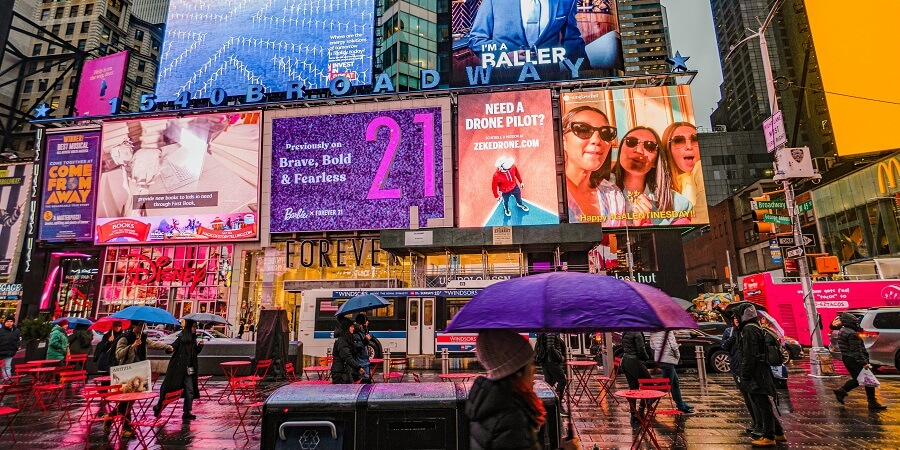
Use your screen’s fill rate to inform programmatic strategy
Your fill rate is a great, simple tool to gauge current supply and demand for your network, so be sure to use it to guide your next steps in programmatic.
If a screen’s fill rate is over 80%, it’s a good sign that you’d benefit from increasing programmatic supply to take advantage of demand. Alternatively, you might think about raising floor prices to capitalize on that demand instead.
On the flip side, if a screen’s fill rate is consistently below 50%, it’s probably time to consider reducing programmatic supply, or else dropping floor prices. Just be sure to keep your programmatic floor price at or above the same level as your direct floor pricing, or else you risk significantly devaluing your inventory.
Step 3: Take a look at bid range and adjust if needed
By and large, DSPs want to pay the lowest price possible, and they’ll use strategies like bid shading to arrive at a cheap, accurate price for a given bid. Our own Campsite DSP is an example of one DSP that employs this strategy.
If the bid ranges are small, you have a good opportunity to move your deal floors higher. The algorithms should follow your pricing up quite easily.
Alternatively, if your bid ranges and bid density are wide, you’ll need to be a bit more careful about moving floors. Moving the floor upwards could price some of the buyers on the lower end out of the inventory, ultimately reducing density and CPM both.
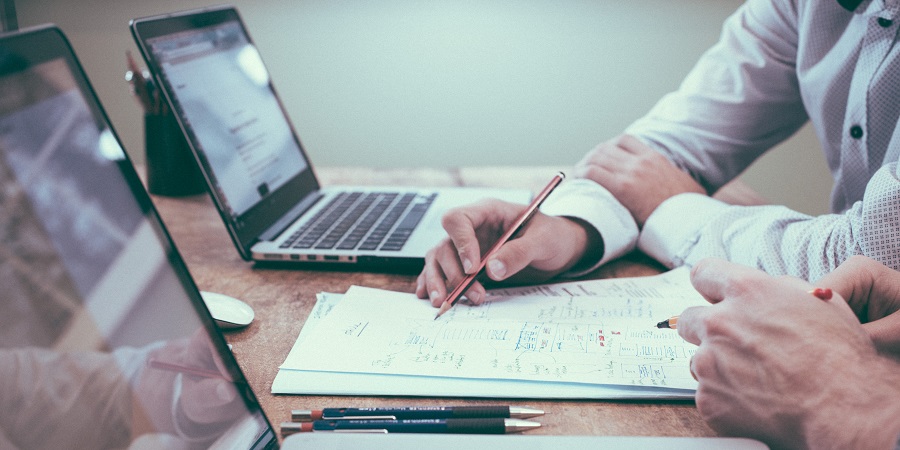
Step 4: Make use of the waterfall
Smart automation is key to success in programmatic, and the waterfall is a great way to use automation to your advantage. The waterfall allows you to assign different levels of priority to different kinds of deals, and then give preferential access to programmatic inventory based on the types of deals “competing” for a slot. For example, you might have a lucrative private marketplace deal targeting specific screens set to your top priority level, followed by slightly less lucrative private deal targeting all screens, and then maybe a relatively low-CPM open auction deal targeting remnant screens at the bottom of your waterfall.
Right now, about 70% of all publishers in Broadsign Reach only use one type of deal for their programmatic transactions. Nobody in Reach is using the waterfall just yet.
It’s a big missed opportunity. In addition to establishing general rules for what should constitute P1, P2, etc. deals in Broadsign Reach, you can also create parameters to promote different kinds of deals over the others if it is to your advantage to do so. For instance, a P1 PMP deal might be worth a guaranteed $80,000, but if you’re presented with a P2 private programmatic offer valued over $100,000, that P2 deal can automatically be promoted to top priority.
Take the time to communicate with buyers to make sure they understand what is possible. Ideally, you should tailor your offerings to your buyers’ preferences and needs, and find creative ways to price your media to everyone’s mutual benefit. It will maximize the value of your inventory and keep your buyers coming back for more.

Step 5: Act Like a DSP
DSPs are useful for picking out good screens and then triggering a transaction whenever the conditions a buyer is looking for are met. If a DSP is unable to do this job for a given transaction and you step up, that’s added value that should be accounted for when pricing the deal.
Broadsign Control’s preemptible slots, which allow ad spots to appear within a loop under specified conditions, are a good example of a tool that can help you deliver on the kind of targeting a DSP would offer. Additionally, you could sell by data signals like the presence of analytics technology, information about visibility based on where screens are compared to the direction of the sun at a given time, or just the specific venues a buyer might want to reach.
These kinds of offerings are the kinds of things that buyers crave. If you opt to offer them up, you can charge a premium on your inventory for doing so.
Step 6: Get DSPs to support features that enhance your business
There are a bunch of features within Broadsign Reach that can make life easier and more lucrative for your business. Trouble is, not all DSPs have adopted them on their side. By taking some time to convince them to onboard some of our APIs, you can unlock hidden value in your programmatic business.
Here’s a look at some of the benefits that can be realized:
- Publisher API: DSPs that use this API include 40% more publishers in their campaigns, dispersing money more evenly
- Screens API: Leads to a 12% higher CPM floor vs DSPs who don’t use the API
- Audience API: Offers a 20-30% greater likelihood of the DSP hitting the original spend goal
- Deals API: Creates a 35-40% higher change of a campaign activating on time
Communicating the value of these integrations is an ongoing process for us at Broadsign, and a little help never hurts. If you’re interested in realizing these types of benefits through your DSP, talk to them and help convince them to bring all of our features to life. There’s a lot to be gained in doing so.
Looking to get a great start transacting DOOH programmatically?
Request a free demo to see how Broadsign Reach can help!
